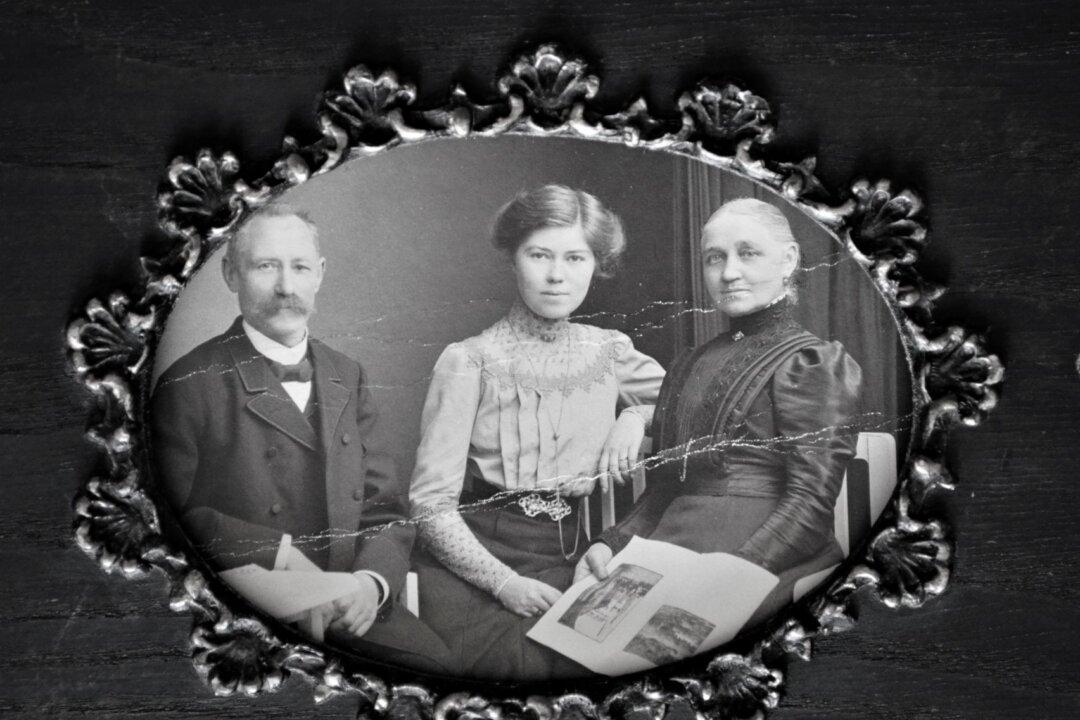Submitted by Kent Higgins, Highlands Ranch, Colorado
When I was a teenager, my grandmother Margarette (1888–1966) taught me how to prepare a few traditional German meals, which her mother, Caroline (1853–1936), had taught her. These recipes all originated in northern Germany in the Eschersand and Sonderborg, Schleswig-Holstein areas near Flensburg.





